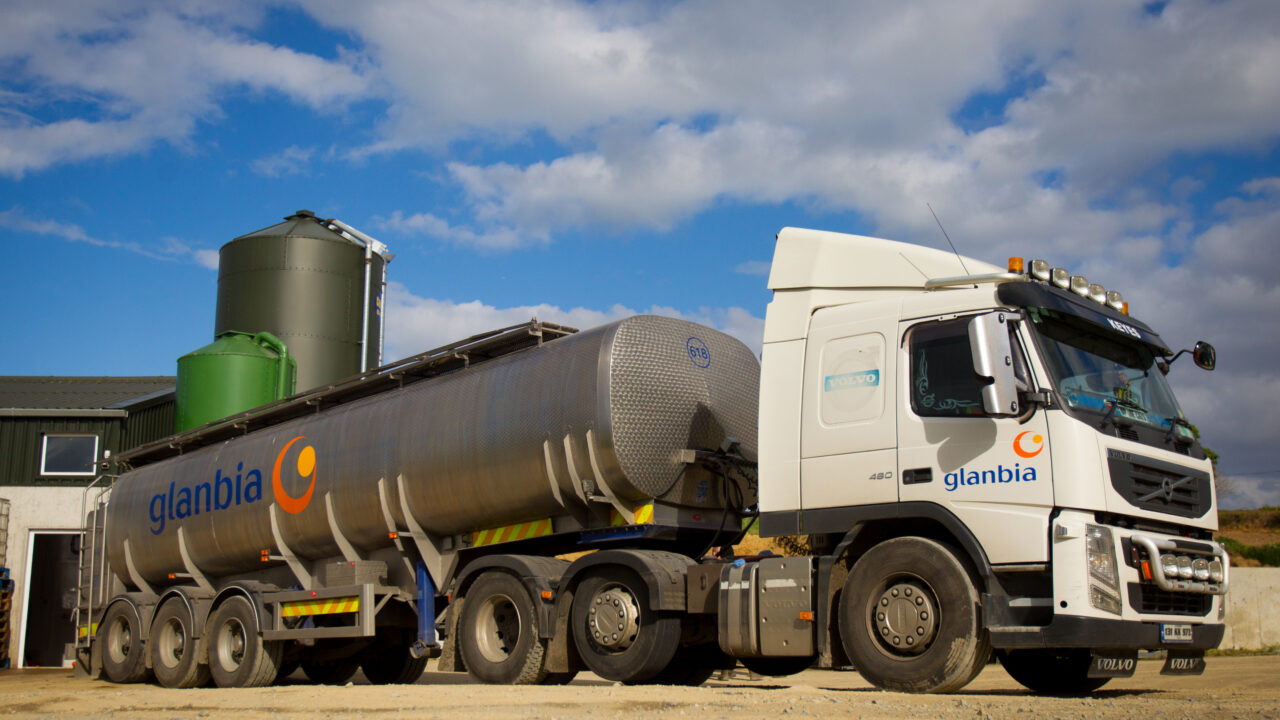Glanbia Ingredients Ireland Limited (GIIL) is set to embrace and strengthen its digital strategy over the next 12 months as a key tool to communicate with its milk suppliers.
This is according to its head of strategy and supplier relations, Sean Molloy, who said 2014 will be an important year for the company with new digital supplier tools to the fore.
“We hope to expand on our digital offerings. The demand is there at farm level. Our digital strategy will look at how to best communicate, support and train our farmers and suppliers. 2014 will be a very important year for this.
“We would encourage our farmers to use digital communication, especially in terms of training. We have no plans to neglect the current medium, but there is a very significant cohort of Irish farmers that are embracing digital technologies and if you look internationally, there are very good examples of this.”
And key to this strategy is to further strengthen GIIL’s recognition as a leading dairy processor worldwide, as Molloy explained, “to be internationally recognised, to interact and to get feedback”.
GIIL’s head of strategy was speaking to AgriLand following a series of milk supplier meetings for new dairy entrants across Ireland in recent weeks. He said the opportunities for the company post quota were significant.
“GIIL is in the business of processing milk for export around the world. There are a range of opportunities ahead. Firstly, growth in terms of milk supply. For the first time in 30 years, Ireland will enjoy a growth in milk supplies and we foresee a 50 per cent to 60 per cent growth in our supply by 2020.
“There are opportunities there to grow the market, especially in value-added milk powders. The demand is there.”
Molloy referred to China specifically. “The demand for dairy in China is very strong and this is a very significant outlet internationally. Also the markets of the Middle East and West Africa. There are great opportunities in milk powder growth in these markets.”
With regard to the recent milk supplier meetings, he said they were a “tremendous success”. “There was good engagement. We travelled to 16 regions from Cork to Northern Ireland. In the order of 2,000 farmers attended.”
He said the environment was very positive, with returns for 2013 very strong, but noted there was also acute frustration expressed.
Molloy explained further: “Frustration in terms of balancing cow numbers and the desire to grow output in the coming year.”
Glanbia has also began to rollout its supplier agreements. “The response has been very positive,” he said. “Glanbia is not encouraging farmers into dairying, they are facilitating farmers who are interested.
“We are saying to farmers to prepare, plan, get a strong advisory survey, be prudent and when the decision has been made to come to us.”
At its recent milk supplier meetings, Glanbia had two significant announcements. Firstly that it intends to remove the capital requirement for new dairy entrants to Glanbia and secondly new entrants do not have to own shares in Glanbia Co-op, but that they would encourage them to do so over time.
These are very positive developments, which are key to encouraging and facilitating new dairy suppliers, Molloy stressed.
And Glanbia sees its supplier relationship evolving and strengthening over the next 12 months and in the coming years.
“With our new structure we hope to develop a close working partnership with our suppliers,” he added. “Now this is more important than ever as there will be huge growth and farmers have huge growth ambitions. Over the next 12 months we hope to build on that close working relationship to build up a clear understanding of the business.”
